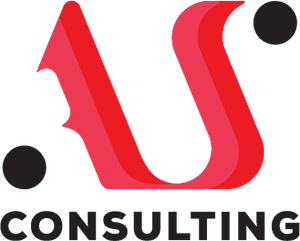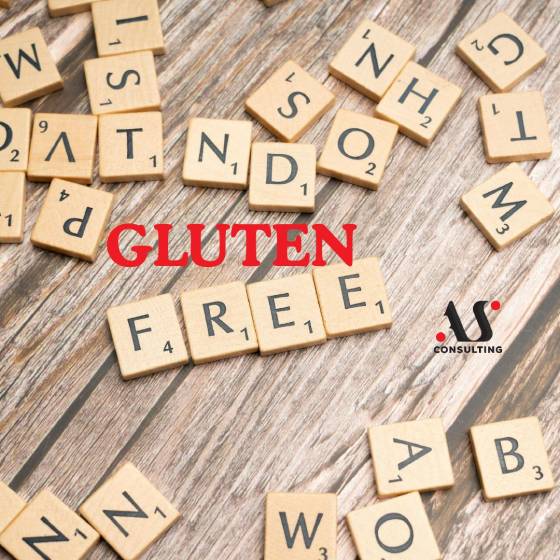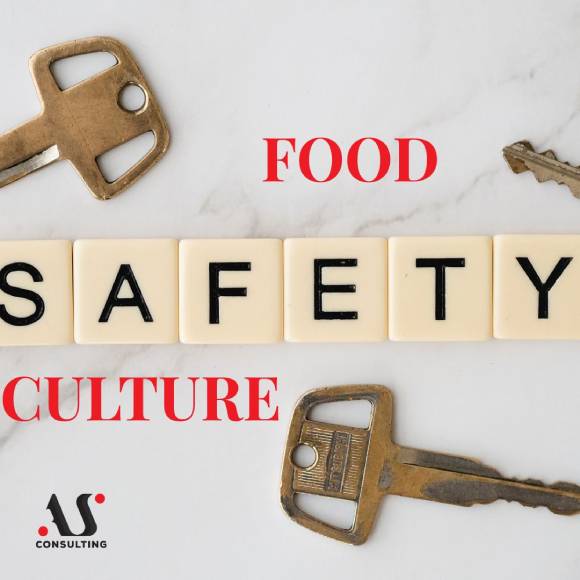
HALAL STANDARD
June 15, 2021
BRC FOOD STANDARD – WHAT VERSION 9 BRINGS
January 24, 2022The term KOSHER
The set of Jewish dietary regulations, the so-called “food laws”, that refer to the selection, preparation and consumption of food and drink is called Kashrut. They are more than 5000 years old.
Kashrut diet rules qualify a certain type of food as kosher – clean, correct or suitable for use. Kosher are food products that do not contain ingredients that are unacceptable for eating and that are prepared according to Kashrut dietary rules.
The opposite of kosher is the trefah, which means that the food is not kosher, and according to the Bible, it is an animal killed by another animal, an infected animal or one that was not slaughtered in the prescribed manner.
Foods that are kosher:
1. Meat and meat products – kosher is the meat of animals that have horns and which are ruminants (veal, sheep) as well as certain types of poultry (chickens, ducks, geese, turkeys). Pork is never kosher.
2. A fish that has feathers and scales is kosher, while other sea food such as crabs, shellfish, lobsters, etc. are not.
3. All types of fruits and vegetables are kosher if worms or insects are not present in them
4. Milk and dairy products as well as eggs are kosher if they originate from kosher animals
Consumption of human milk, blood, gelatin is prohibited.
KOSHER Standard
The kosher standard was developed with the aim of making consumers sure that they use kosher food products. The standard prescribes guidelines for the food industry, starting with the choice of raw materials, through the way of slaughtering animals, production and processing of food.
Basic rules that need to be met in order for food products to be kosher:
1. Use of meat of permitted animal species
2. Prohibition of blood use
3. Prohibition of mixing meat and milk
Requirements of the Kosher Standard
The kosher certificate is issued by an authorized Rabbi who supervises the facility and the production process and decides on the fulfillment of the requirements.
Requirements related to raw materials and ingredients. All raw materials and ingredients used in the production process must be kosher. The manufacturer makes a list of raw materials and ingredients that go into the finished product and it must be approved by the kosher inspector. If the producer produces both kosher and non-kosher products, the situation requires review by the kosher inspection and additional requirements for the producer regarding the separation of production processes and not mixing of kosher and non-kosher raw materials and ingredients.
Requirements related to meat and meat products. The requirements refer to the type of animals whose meat we are used for, but also to the slaughter of these animals in a special way. Slaughter may be performed only by a professional person, with a sharp blade, with a previously obtained blessing.
Requirements related to non-mixing of meat and dairy products. Requirements related to non-mixing of meat and dairy products are very strict, so in accordance with that, foods are divided into three categories: meat products, dairy products and neutral products. Neutral products can be combined with either meat or dairy products.
Requirements related to the use of fish. The use of fish that has scales and bones is allowed and the fish can be used during the same meal when meat is also used, but they must not be eaten together.
Requirements related to the production process. Equipment used for the production of kosher products must not be used for non-kosher products without adequate hygiene conditions. The same applies to the situation when products with milk and meat are produced because the mixing of dairy and meat products is prohibited. The equipment must be assessed as suitable for the production of kosher products.
Marking. Kosher products are recognized by having a “K” sign on the packaging and special symbols that indicate to customers that the product is kosher.
“Kosherization” of equipment. This term refers to the process by which equipment is placed in a neutral state, after the production of meat or dairy products. If neutral products are produced first and then switched to meat or dairy, this is done without a prior process of equipment preparation. But, if you switch from meat or dairy production to neutral, it is necessary to carry out the process of “kosherization”.
This is done in the presence of the supervisor, when authorized by the Rabbi. The equipment is washed with cold water with strong detergents. Materials such as ceramics, rubber and porcelain cannot be subjected to this procedure because it is considered that the remains of impurities cannot be completely removed from them.
Certification process. In order for the organization to obtain the Kosher certificate, it first submits a request to the Jewish community, ie to the authorized Rabbi, who represents the administrative and control body. The request shall contain information on the organization, list of products to be certified, list of raw materials and ingredients, method of labeling.
The organization receives guidelines for the preparation of the production process and then the Rabbi controls all aspects of the production process. Inspections are unannounced and include control of raw materials, as well as record keeping and hygiene of facilities and equipment. If the Rabbi assesses, the organization must make changes regarding the raw materials and ingredients or the method of storage and packaging. If the organization meets the requirements for obtaining a certificate, the Rabbi sends the documentation to the ECK (European Central Kashrut – valid for European organizations) and if the certificate is approved, the organization receives two certificates: one from the local Rabbi and the other from the ECK.
During the validity, unannounced controls are performed by the Rabbi and the ECK.





1 Comment
Thank you, we’ll use this for our dataset informations!